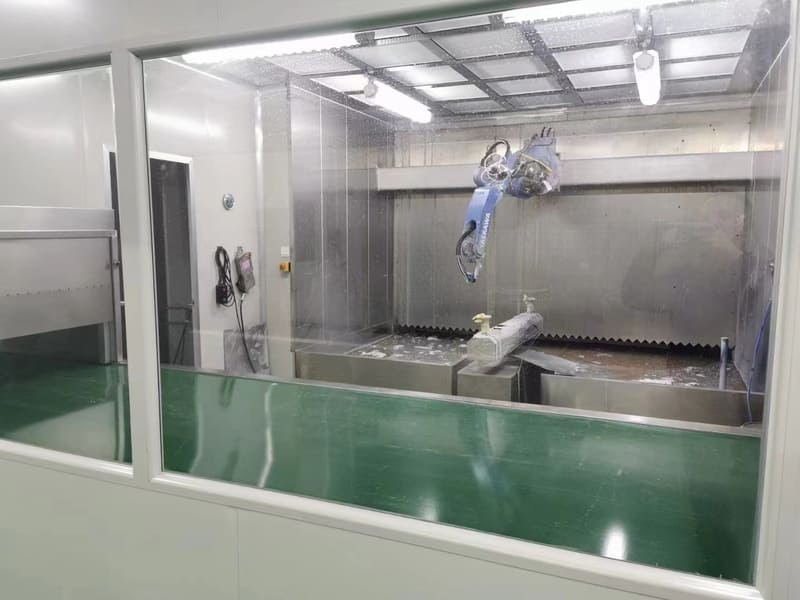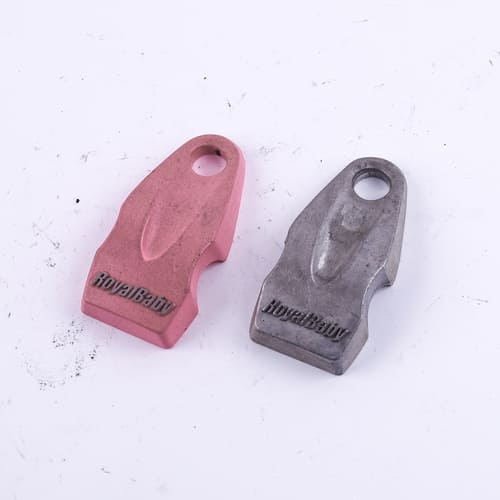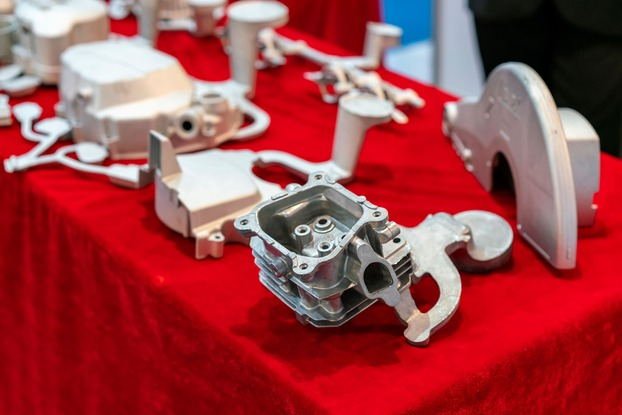After casting, aluminium has a sleek slivery-white appearance. However, to make it more aesthetically pleasing and durable, you may consider painting it.
In this article, we will show you what aluminium paint is, and how it improves the aesthetics and durability of aluminium. Follow closely.
What is aluminium paint?
It is a coating material that consists of a resin base filled with aluminium flakes. The resin helps the paint to flow properly and enhances its durability and strength. The aluminium flakes give the paint a glittering, metallic finishing.

Aluminium paint can withstand temperatures up to 302°F (150°c). It is a good heat and light reflector. Also, it helps the aluminium resist water permeability. Other than aluminium, you can use it to paint other metals, wood and any corrugated sheets
Components of aluminium paint
• Base: This is also known as the body of paint. It is the first layer of aluminium paint. It helps to prevent the paint from shrinkage cracking, and other forms of cracking.
The commonest base used for aluminium paint is Titanium dioxide. This is odourless and absorbent.

• Pigment: This is the colouring material added to other components of the paint to achieve a particular colour. It consists of fine mineral powders which help to give the surface an opaque and glossy finishing during painting.
It covers the bare surface of the aluminium and gives it an aesthetically pleasing and excellent appearance.
• Vehicle: This is the liquid in which the base and the pigment are soluble. The vehicle allows the paint to spread over the surface of the aluminium when it is applied. Varnish is the commonest type of vehicle in aluminium paint.

The varnish is a type of paint with a solvent that evaporates to leave a hard, transparent and gloss film.
• The thinner/solvent: This is used to adjust the thickness of the paint. Also, it makes it easier to smoothly apply the paint to the aluminium. A common thinner used in aluminium paint is the mineral spirit.
• You can add other additives to the paint. This is to give the paint some additional features such as anti-freezing properties, corrosion-resistant properties, opacity, etc.
How to apply aluminium paint
• Surface preparation
The first step is to prepare the surface of the aluminium.
If it is a new surface:
-Scrap or brush the rust and scales on the surface of the aluminium

-Use sandpaper to smoothen the surface of the aluminium. Sand all the sides, corners and crevices of the aluminium. You can start with a coarse sand grit paper like an 80 to 10 grit paper to sand the surface.
Repeat the process with a finer 400 grit or higher sandpaper. Use warm water to re-wash the aluminium. Also, remove any particle by degreasing.

-Apply self-etching primer too. The primer consists of chemicals that etch into the surface of aluminium to get the best bond. To apply the primer, carefully spray it in the thin coat and allow it completely dry off. Thereafter, use a sandpaper again on the aluminium surface.
If it is not a new surface:
-Use smoke or grease to clean the surface.
-Rub the surface with sandpaper and dust it off.
-Apply paint of red lead on the cleaned rusty patches.
-Remove the old parts if it is swelled or flaked.
• Applying the paint to the aluminium
At this point, you can apply the paint to the aluminium. You can use a spray, roller or brush to apply it.
When the painting area is small and needs strip coating, consider using a case brush. Preferably, use a soft and smooth brush. This is because a dry or hard brush can form lines on the aluminium. On the other hand, if you want to paint a large surface area, use a roller.

Spray paint is the easiest to use. If you are using brush-on paint, use a flat, wide paint brush made from synthetic fibres. Apply the paint using straight, overlapping strokes. These can be horizontal or vertical, but they must go in the same direction.
Conversely, if you are using spray paint, firstly shake the paint for about a minute. Then hold it about 8 inches from the surface while spraying it.

After applying the first coat of paint, you will need to add up to 2-3 more. Once a preceding coat of paint dries, apply the next coat.
Ensure that each coat is properly dried. Ideally, allow it to dry for 5-15 minutes. The appropriate drying time depends on the type of paint you are using. Check the paint to confirm the drying time. After the final coating, allow it to dry for some 18-24 hours.

Note that you should apply the paint in a well-ventilated condition. Ensure the paint itself contains no dust particles.
After applying the last coat of paint and it has dried, apply at least two coats of enamel sealer. This protects the paint from fading or scratching.
Painting enhances the aesthetics of aluminium
A layer of aluminium oxide surrounds aluminium. This layer acts as a protective layer against weather-related influences. So, aluminium does not require painting at low loads.
However, this layer that automatically surrounds aluminium doesn’t have high optical standards. It has a full grey colour which is not aesthetically pleasing. So, you can apply paint to improve the lustre of aluminium.

The metallic flake in the aluminium paint plays an active role in improving aluminium’s aesthetics. This metallic flake reflects visible light on the aluminium and the light reflectance gives the aluminium an improved appearance.
The reflectivity and size of the flakes in the coating, the flakes’ orientation and the degree they are oriented in the paint coating affect the brightness of its colour. To get the highest level of sparkle, the flakes are randomly oriented.

The flakes that lie horizontally will reflect the most light. So, if all the flakes in the coating lie horizontally, it will reflect a high amount of light. In this case, the surface will appear sparkling as though they are solid colour paint and not metallic.
On the other hand, if the metallic flakes lie vertically in the paint, it will reflect minimal light and the aluminium surface will appear very dark.
Painting enhances the durability of the aluminium
Although generally, aluminium is corrosion-resistant. However, if it is exposed to strong acid or alkaline environment that is beyond the pH range of 4-9, this may cause corrosion in the form of metal pitting.

Painting is resistant to rust, heat and thermal insulation. Painting inhibits corrosion by modifying the anodic reaction in the aluminium. It gives a protective metallic lustre to the aluminium surface. Also, the resin gives aluminium strength and durability.
Conclusion
In this article, we have taken you through the concept of aluminium painting and how painting improves the aesthetics and durability of aluminium. This knowledge will help you better understand and appreciate the need for painting aluminium.








